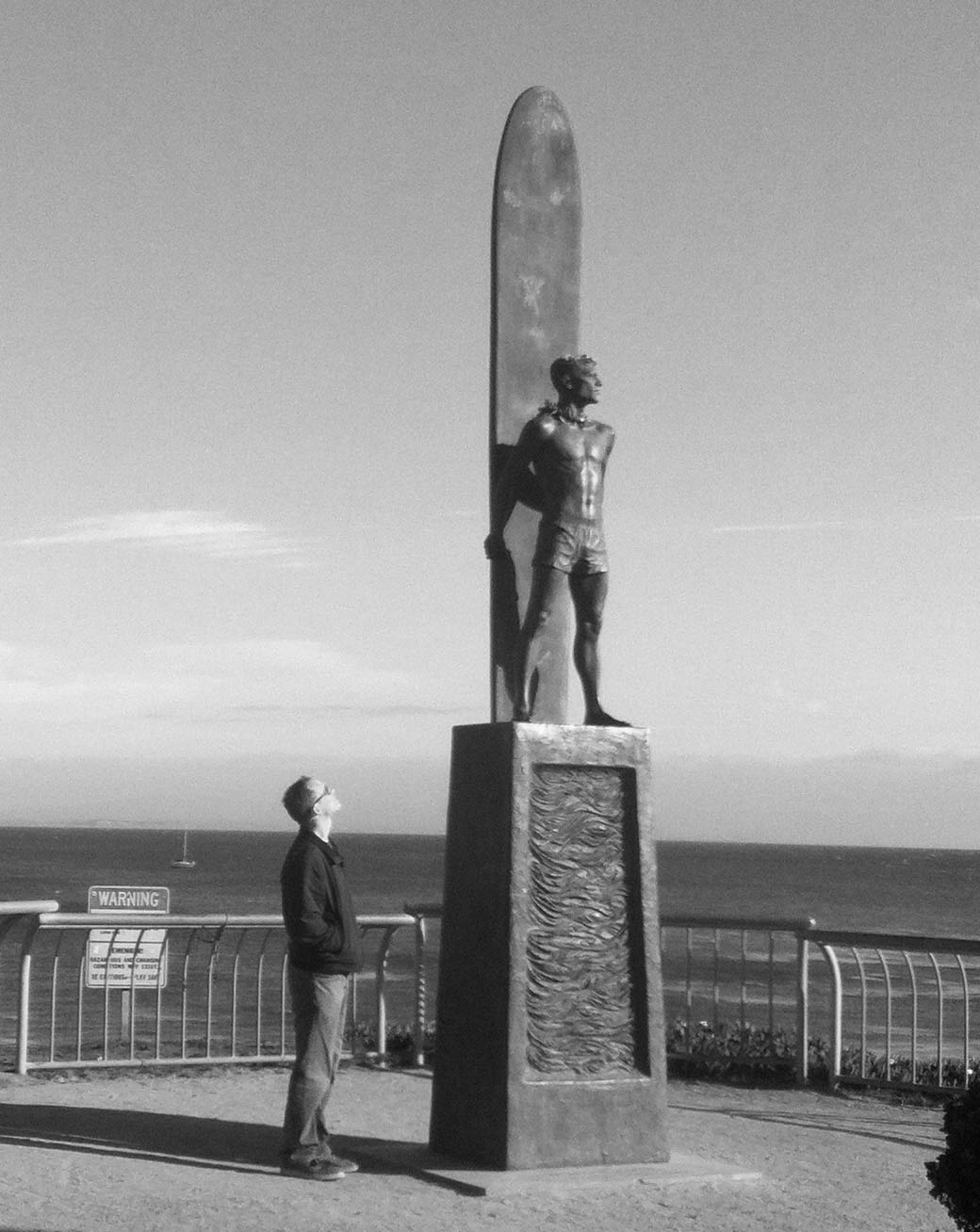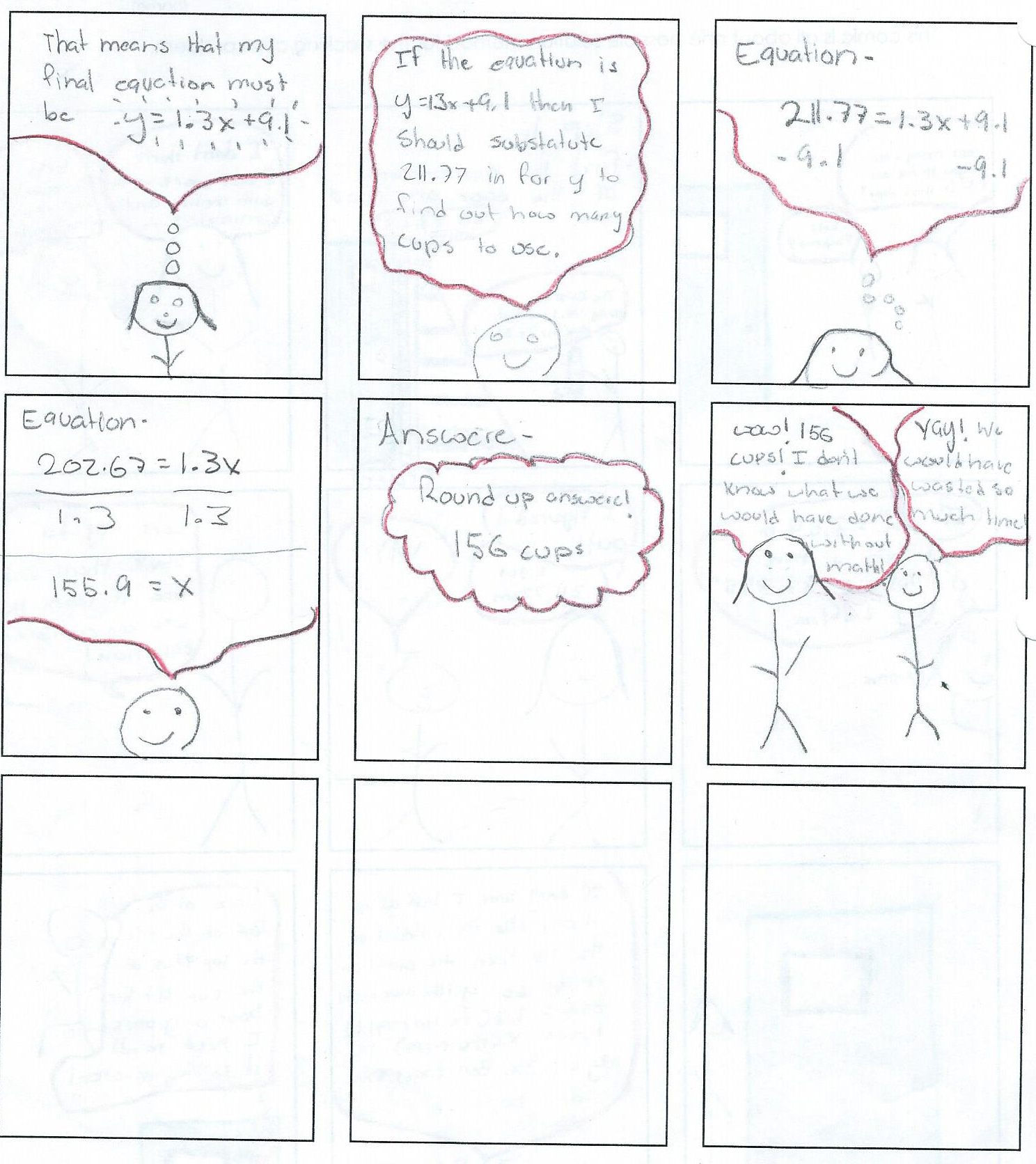The Description:
The goal here was to use Dan Meyer’s “Bone Collector” 3Act problem, as the motivation for a series of lessons on scaling.

The basic premise is as follows: I show the Bone Collector clip first (see the link above for the clip), tell them we need to figure out the shoe size of the killer because we need to make sure that the killer is not in the room. Then I concede that I realize they are not trained investigators. Thus I tell them that over the next couple days we will be doing some investigator training, to get them ready to take on this case. I help a lot during the first two cases, but I provide little help during the Bone Collector case – and the good news is that they didn’t need much help on it after the investigator training.
CASE 1 “The Drug House”
For their first case, I used a google maps images (see Keynote or PowerPoint file below) of a huge house that I was calling a “known drug” house (It’s actually Michael Jordan’s house). The goal is for them to calculate the area of the very suspicious large building at the bottom right of the picture, where a lot of cars are located. I tell them the FBI wants to perform a raid but they do not know how many agents to send, because they don’t know the size of the building. And they are waiting for our calculations to proceed.

I handout the above picture to each student. Then do a little strategy session where they write down how they are going to calculate the size of the building. At that point they are given time to solve it with their pair/share partner.
The next day I come and say that althought the FBI was happy that we correctly calculated the size of the building, unfortunately after performing the raid they learned that this was not a drug house, it was in fact Michael Jordan’s house. And that big building is a basketball court.
CASE 2 “The Statue Thief”
I use a picture of the Surfer Memorial Statue in Santa Cruz. Then I show a the same picture but with the statue photoshopped out. I then tell them that a security camera picked up a very suspecious person who had visited the statue multiple times before night of the theft , and that the FBI needs us to find the height of the suspect in the picture. This case is very similar to the Bone Collector.

(awesome statue)

(sadly it was stolen)

(but we have a suspect)
Students get a copy of the image above. We again do a strategy session, where I require them to write a strategy for finding the suspects height.
The next day I reveal that the suspect was captured and he is 6ft. Most students calculate something around 6″3′, so we spend some time talking about possible sources of error.
CASE #3 The Bootprint
Here we do the actual Bone Collector problem, delievered in much the same way that is described in Dan’s blog.
The Advice:
– I have students work in groups of two.
– I don’t spend the entire class period on these. I do investigator training for the first 20 minutes or so, and then move on to something else. Thus I essentially make this investigator training week.
– I help the students with the strategy sessions for the two practice cases, and then leave it up to them for the Bone Collector problem.
– Definitely play up the investigation aspect of these cases. I tell them how much investigator make and that they should take these cases to the polic department and interview for a job. If a couple students complain the quality of the bootprint picture is not very good, respond with “Yeah, I’m not sure why the FBI would provide such a low quality image”.
– That is me in the picture for the “Statue Thief” problem. That is definitely an added bonus if you can do it. It allows me to completley deny it’s me, while also saying “Look it’s not enough to just tell the police the suspect is extremely good looking, we have to get them information about his height”.
The Results:
High level of engagement. Take a listen to student reaction when they hear that the shoe print is a size 10.
Bone Collecter student reaction
The students were upset (yes, actually upset) because all their solutions were between size 13.5 and size 16.5 . They all calculated a larger size because they used the bootprint, rather than the actual size of the foot inside the boot to convert to shoe size. I ended the lesson with a great back and forth with the students about what happened with their calculations.
One of my lowest performing students asked me if her proportion she setup was correct… it was.
Using the Bone Collector clip without the associated investigator training works too, but not as well for me. I really enjoyed these lessons, and I felt like my two initial cases put the students in a place to be successful with the Bone Collector problem.
The Goods:
Dan Meyer – Bone Collector problem
The Drug House Handout
The Statue Thief Handout
Bone Collector Bootprint (just pick one – my girlfriend and I messed around with the image in photoshop to get the best quality for different printers)
InvestigatorTraining (Keynote and PowerPoint) I created this in Keynote, and highly recommend using Keynote.
Update 1:
To see whether or not the students retained any of this, I put the following picture into the chapter test. The question was: How tall is the tree?

The guy in the picture was brave enough to take me on as his student teacher and I am a profoundly better teacher because of it. His name is Walt Hays. His height is 6ft.
Update 2: 3/23
Based on Debbie’s comment, I have fixed the typos in the Keynote and Powerpoint files and adjusted the scaling to result in an answer that is consistent with the size of the tennis court next to the basketball court building.









